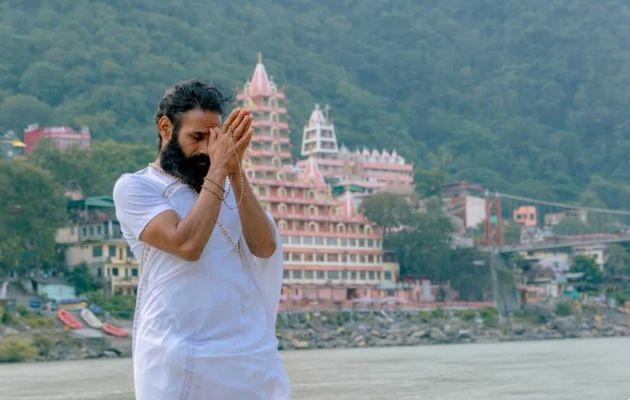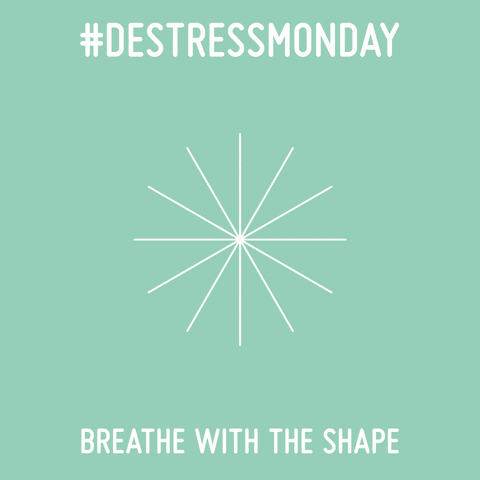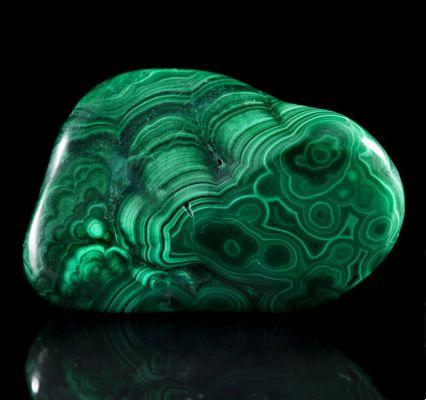Among all the mantras, Om is the most important of all. It contains the knowledge of all the Vedas and is the sound body of the Absolute, Shabda Brahma. Om is the sound of infinity and the seed from which all other mantras arise.
The Mandukya Upanishad says that "The Om is the whole world. The past, the present, the future: everything is the mantra Om". In the Scriptures it is written that the mantra Om is amplified in the resonance box of the first void and spread to create space and all galaxies.
For Taittiriya Brahmana, it was from vibration, from movement, that the first rhythms in the cosmos were created. A few millennia later, Professor Fred Hoyle of the University of Cambridge called this expansive vibration the Big Bang.

The place of mantras is paramákásha: the space that first existed, that which is eternal, that which is immutable, the Universe from which creation was manifested.
Who does not know the affirmation of the Gospel according to Saint John: “in the beginning was the Word”. And the Word was the Big Bang.
Om is formed by the union of the vowels a and eu, that is, a diphthong, together with the nasalization that is felt by the letter m. For this reason, it is often written AUM. In these three letters are the three states of consciousness, according to the Maitrí Upanishad, which are waking, sleeping and dreaming.
The pranava – the Om mantra – is the main jewel among the other mantras;
pranava is the bridge to reach the other mantras;
all mantras receive their power from pranava;
the nature of pranava is Shabda Brahman (the Absolute).
Listening to the mantra Om is like listening to Brahma himself, the Absolute.
Pronouncing the mantra Om is like transporting oneself to the abode of the Absolute.
The vision of the Om mantra is like the vision of the form itself.
The contemplation of the mantra Om is how to attain the form of the Absolute.
Mantra Yoga Samhitá, 73.

Om is the vibration that emanates from the initial abyss of creation. Om is the arrow. The trace of light that is cast by the arc of consciousness, through the darkness in which ignorance is hidden, towards the target: o Immanifestation!
Hold the bow of scriptures, place in it the arrow of devotion;
Tense the rope of meditation and hit the target, the Self.
The mantra is the bow, the aspirant the arrow, the Self the goal.
Stretch now the rope of meditation,
and reaching the target, be one with it.
Mundaka Upanishad, II:12
Yantra is the graphic symbol of the mantra. The mantra is the soul of the yantra that functions as a mechanism to direct consciousness to what it primarily symbolizes.
This image rises above vibration, uniting with it. The representation of the source of all manifestations, the creative pulse that projects all worlds.
In India, the mantra Om is seen everywhere: houses, businesses, walls and cars. That is, it is ubiquitous in the everyday landscape. For Hindus, of all ethnicities and castes, the meaning of the symbol is perfectly recognized. It echoes in all temples and communicated across the subcontinent.
Vocalization forms
To chant the mantra, it is necessary to be in tune with the internal space that exists within us, where the sound will vibrate, reaching the origin of the internal vibration. Shunya is nothingness, emptiness, inner space.
It is difficult to be philosophical about mantras, because it is much more than a practice, but something very related to metaphysical speculation. The starting point of vibration is the bindu. This point, seen in the distance, is just a point. To do mantras is to return to where this sound begins. The closer you get to the point, the more you become aware of inner space, chidákásh, and how important it is.
The explosion: chanting the Om loudly, as in a single blow, several times with each exhalation. This outburst is like a flash, and it's one of the strongest ways to vocalize.
- Om can also be vocalized continuously, rapidly, many times with each exhalation.
- You can chant it quickly, during a single exhalation, as many times as possible.
- Continuous om, with the letter o very short, and the m very long: Ooommmmmmmm.
- Continuous om, with the letter o very long, and the m very short: Ooooooooooooomm.
In each person Om is worked in a different way, so it is not advisable to talk about just one type of effect. It is necessary to have full awareness and control of the breath. Focus your attention on the vibration that the sound produces within your mind. Execution may be easier when done at a softer volume. Keep your body still during the practice. There is no wrong way to chant the mantra Om, as long as you have awareness and directed intentions, in addition to knowing the meaning of this mantra. However, there is a huge difference when taking into account the technical details, transforming the effects and results of the mantra. When you do the mantra without the correct technique, there is no danger in the vocalization, the difference is in the result, which can be empty or much inferior to what it could be.
But, how to do the vocalization correctly without ever having heard this mantra from the mouth of someone who is experienced?
The mantra Om is done with a deep exhalation and in a regular rhythm. Om starts with his mouth open, making a sound more similar to a, keeping his tongue glued to the back of his mouth and with his throat relaxed. The sound is born in the center of the skull and projects forward, vibrating in the throat and chest. After a few seconds of this vocalization, your tongue should pull back. In this way, the sound similar to a becomes a kind of open o, which gradually closes.

Finally, without closing the mouth, the tongue blocks the passage of air through the throat, transforming the sound into an m, which in fact is not a me but a nasalization. This nasalization effect is called anunásika in Sanskrit, which literally means with the nose, and derives from the word násika, which also means nose. Or seha, more clearly, impossible.
As the air flows through the nose, it expands the vibration into the skull which makes it resonate in the pituitary and pineal gland. Both are related to the head chakras and regulate the rhythm of breathing, in addition to making numerous hormones such as melatonin and serotonin flow through the veins, which are known as “happy drugs” and produce lasting states of peace and joy.
At this moment of vocalization the sound has a more intense vibration inside the skull. Our advice is that you train with one hand resting on your chest and the other on your forehead to be able to perceive how the vibration about as the mantra evolves.
Pay attention and notice that when you emit the initial letter o (which starts with an a, don't forget), the nasalization of the m is already contained in it. So it's a sound that is made with the nose, not the lyrics. m.

When you insist on vocalization, you will clearly feel the vibration that originates in the center of your head and expands until it reaches your chest and the rest of your body.
Observing its particularities, the mantra could be written Aoo. Simply put, Om starts with an open mouth and ends with it ajar, and when a longer vocalization is made, it can be closed.
After emitting the mantra, a long and silent nasal inspiration is reached, in which you must continue chanting the Om, only mentally. This is important not to interrupt the mantra.
Thus, one ends up with a continuous succession of verbalized and mental mantras that lead to the complete absorption of the thought. Allow the mantra to breathe your voice, your throat, your head, your lungs and thoughts.
Let yourself be breathed in by the mantra, rather than just breathing in the air. Focus your attention on the silence of inspiration and how you feel the vibration of the mantra at this time.
You may also like
- Learn to chant a mantra against negative karma
- Repeat a mantra for wealth and have more joys
- Know the best mantra to promote your healing
The sound of a mantra is much more than just a mental echo that occurs when a word is repeated a million times. The sound of the mantra is a transformative weapon.
When vocalizing, locate the point of vibration that the mantra produces. The sound of your breath is not the beginning of the vibration, for the vibration originates in something far beyond. In fact, the sound you produce is an extension of your internal vibration, which is more subtle than your vocalization.
The mantra echoes through your consciousness. Feel it. The mantra resonates through the inner space. Watch this. There can be no tremor in your voice. The musical note of the sound doesn't matter, it should be the most natural one for you, but when singing in a group, try to keep everyone in tune.

























